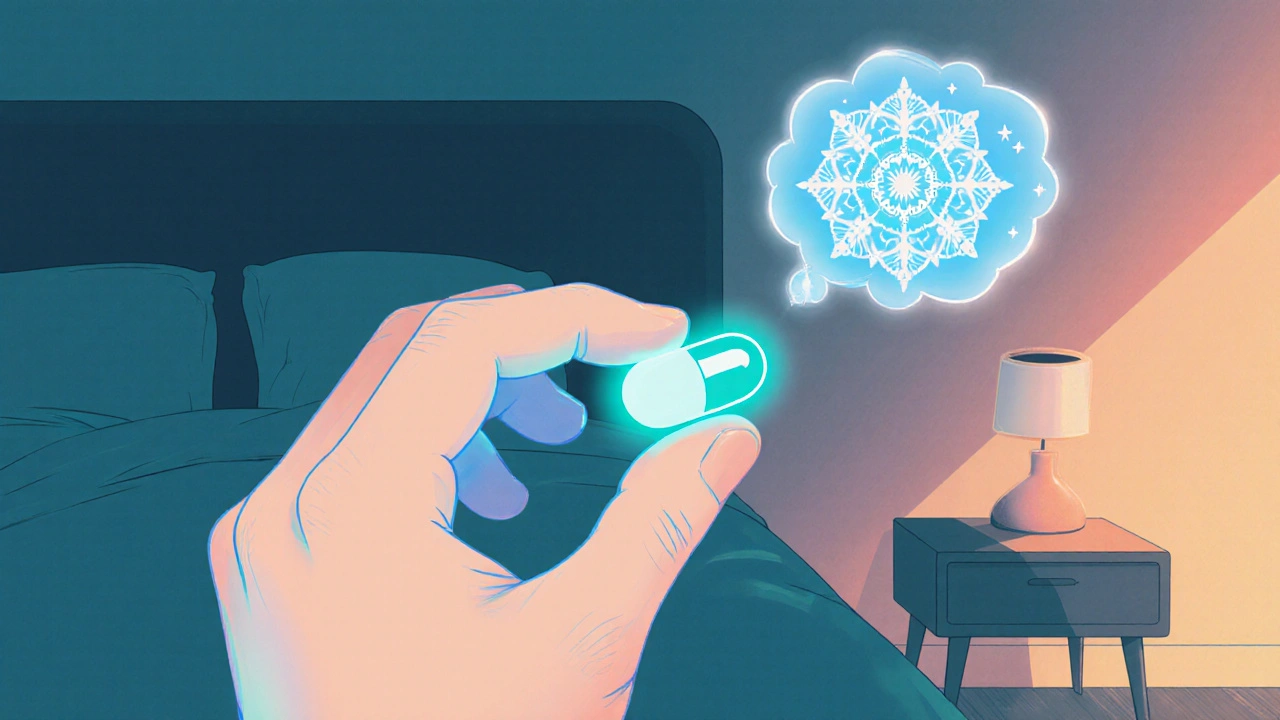Explore how atomoxetine, a ADHD medication, can enhance focus, reduce anxiety, and support spiritual practices like meditation for better mental wellness.
Atomoxetine – What You Need to Know
When talking about atomoxetine, a selective norepinephrine reuptake inhibitor used to treat attention‑deficit/hyperactivity disorder (ADHD). It is also marketed under the brand name Strattera, which helps distinguish it from stimulant options. Atomoxetine works by increasing norepinephrine levels in the brain, which improves attention and reduces impulsivity. This drug is the only FDA‑approved non‑stimulant for ADHD, making it a key option for patients who cannot tolerate stimulants or have a history of substance misuse.
Key Aspects and Related Concepts
Understanding ADHD, a neurodevelopmental disorder characterized by inattention, hyperactivity, and impulsivity is essential before choosing any medication. Norepinephrine reuptake inhibitor, a class of drugs that block the reabsorption of norepinephrine, thereby increasing its concentration in synaptic clefts describes the pharmacological family atomoxetine belongs to. While stimulants like methylphenidate boost dopamine and norepinephrine quickly, atomoxetine provides a slower, steadier increase that many patients find easier to manage. For children and adolescents, the label often reads pediatric ADHD, ADHD diagnosed before age 18, which may require tailored dosing and monitoring. Studies show that atomoxetine can be effective in both kids and adults, but the dosage starts low—usually 0.5 mg/kg per day—and ramps up to a target of 1.2 mg/kg, not exceeding 100 mg daily. The drug’s onset of action typically takes 1–2 weeks for noticeable improvement, and full benefits may be seen after 6–8 weeks. This timeline contrasts with the rapid effect of stimulants, making patience and consistent follow‑up crucial. Side effects are another important piece of the puzzle. Common complaints include stomach upset, decreased appetite, and mild fatigue. A small portion of patients experience increased heart rate or blood pressure, so baseline cardiovascular screening is recommended. Rarely, atomoxetine has been linked to suicidal thoughts in children and adolescents, underscoring the need for close observation during the early treatment phase. Because the medication is metabolized by the liver enzyme CYP2D6, genetic variations can affect blood levels; poor metabolizers may need dose adjustments to avoid excess exposure. Practical considerations often guide the choice between atomoxetine and stimulant therapies. If a patient has a history of substance use disorder, a non‑stimulant like atomoxetine reduces abuse risk. Likewise, individuals with certain cardiac conditions may be steered away from stimulants due to their sympathomimetic effects. Insurance coverage can also influence decisions; many plans list atomoxetine under specialty pharmacy tiers, so checking formulary status ahead of time saves surprise costs. When you combine all these factors—mechanism, dosing, safety profile, and patient‑specific variables—you get a clear picture of where atomoxetine fits in ADHD management. Below you’ll find a curated set of articles that dive deeper into each of these topics, from detailed pharmacology breakdowns to real‑world patient education tips. Explore the collection to see how you can apply this knowledge to make informed treatment choices.

